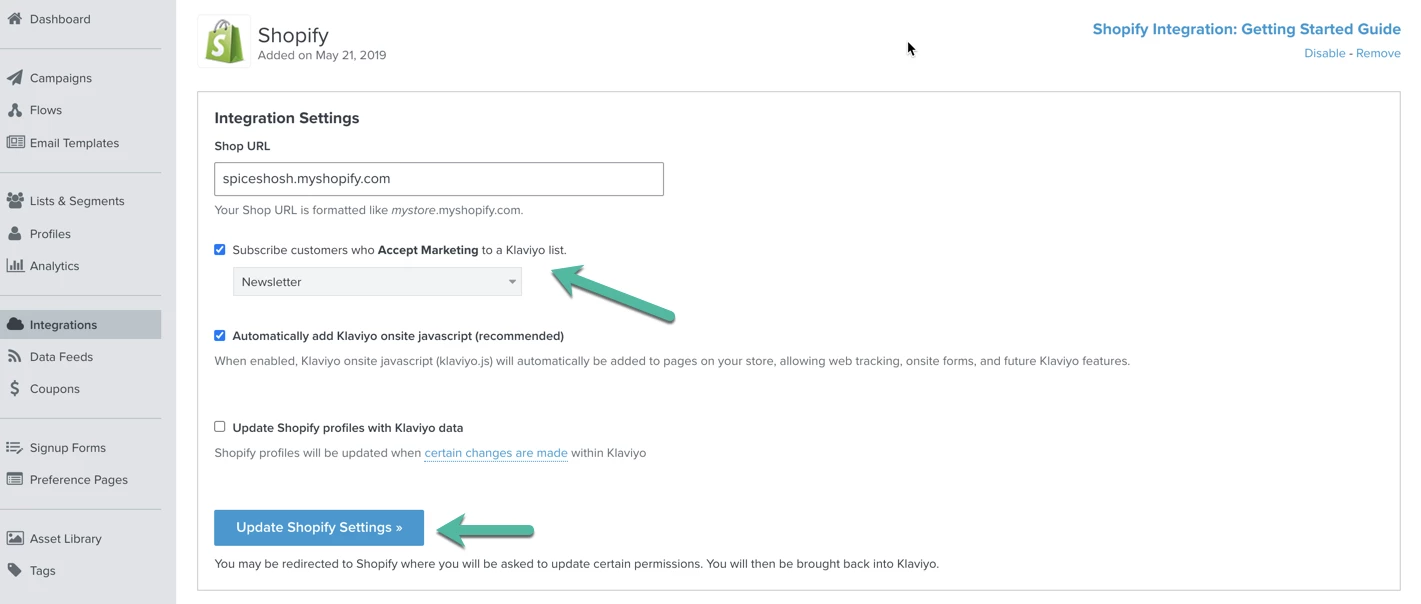To select Shopify site templates, assess your brand’s style and functionality needs. Compare the features, designs and user reviews to find a suitable match.
Choosing the right Shopify site template is a critical step for any online merchant. The digital storefront you select will shape your brand’s online presence, influence user experience, and impact sales conversions. An ideal template not only visually aligns with your brand image but also provides the features necessary to facilitate a smooth shopping experience for your customers.
Entrepreneurs must navigate through a vast selection of themes, considering factors such as responsiveness, customization options, and support for various media types. It’s essential to weigh the benefits of free versus premium templates, given that investment in the latter often yields better support and more advanced features.
Engaging with a theme that resonates with your target audience can significantly enhance your store’s performance. Keep the selection process simple, focused, and aligned with your strategic goals to ensure your Shopify site represents your business effectively.
To determine the theme of a Shopify store, use online Shopify theme detector tools like Shopify Theme Detector by Code Black Belt or WhatTheme.
Know Your Business Needs To select a Shopify site templates
Selecting a Shopify template requires understanding your business. What are your goals? For an online store, sales are likely a top priority. It’s vital to align your template with your products and customers. A template should showcase your products in the best light.
Site functionality is another key consideration. Ask yourself, what features does my store need? A blog, product filters, and fast checkout could be important. Your template should make shopping easy and pleasant. Customer experience is crucial for online success. Choose a template that offers a great user experience.
| Business Objective | Site Functionality Requirement |
|---|---|
| Maximize Sales | High Conversion Rate Features |
| Build Brand Awareness | Strong Visual Layout |
| Customer Engagement | Interactive Elements |
Browse And Preview Templates
Selecting the right Shopify template is key to your online store’s success. Start by browsing the Shopify Theme Store. It’s easy to use and offers a variety of templates. Previewing templates on different devices is crucial. Ensure that your chosen template looks great both on desktop and mobile.
This step will help you cater to all customers, no matter what device they use. Finally, check for features and flexibility in your template. It should match your brand’s needs and be easy to customize. Here’s a quick list of what to look for:
- Customizable color schemes and fonts
- Responsive and mobile-friendly design
- Easy-to-use navigation
- Space for high-quality images
- Support for various payment gateways
Prioritize User Experience To select a Shopify site templates
Selecting the right Shopify template is vital for your online store. The template should make shopping easy and fun for your visitors. A template with clear navigation helps people find products quickly. Responsive design is a must to reach users on any device.
Ensuring that the template works well on phones and tablets is key. Lastly, choose a template that matches your brand’s style. Look for options to add your logo and customize colors to make the store truly yours.
Check For Compatibility
Selecting the right Shopify site template is crucial for your online store. Check if the template fits your Shopify plan before making a choice. Certain plans may not support all templates. It’s essential to ensure compatibility with third-party apps you wish to use.
Avoid app conflicts by verifying that the template can handle all your apps. Templates must work well with each app to ensure a smooth user experience. If not, you might face store issues.
Read User Reviews
Selecting the perfect Shopify site template is crucial for any online store. User reviews provide valuable insights into a template’s real-world performance. Merchants should explore the available reviews to gauge the template’s usability. Key points to observe include feedback on ease of customization, loading speeds, mobile responsiveness, and any glitches. Another vital aspect is the level of customer support offered with the template.
High-quality support can make or break the user experience. Look into how responsive and helpful the developers are when issues arise. Overall ratings and the number of reviews reflect a template’s reliability and popularity among users. Templates with lots of positive reviews generally indicate a safer choice for your business.

Credit: community.klaviyo.com
Consider Future Scalability
Selecting the right Shopify site template requires a focus on scalability. Your chosen template must seamlessly handle increased traffic and sales during peak periods. This ensures your website remains reliable when customer activity spikes. Additionally, as your business grows, you might want to add new product lines or introduce innovative features.
A scalable template makes such expansions smoother, avoiding the need for a major redesign. By choosing a flexible and robust template from the start, you invest in the long-term success of your online store.
Test And Optimize
Perform A/B testing to optimize your conversions. It involves comparing two versions of a page. You’ll see which one performs better. Testing should cover elements like layouts, colors, and call-to-action buttons. This will help boost sales. Always monitor site speed and page loading times. A fast-loading site keeps visitors happy.
Use tools to measure your Shopify site’s performance. Your goal is to ensure pages load quickly. Regularly check for broken links to enhance SEO. Broken links can harm your search engine rankings. Fixing them provides a smooth experience for visitors. Also, update your content regularly. This keeps your site fresh and more likely to rank well.
Make The Right Choice To select a Shopify site templates
To select Shopify site templates, start by listing your business needs. Think about your products, brand style, and customer experience. Look at template features like customizability, support, and responsiveness. Read reviews and check ratings to gauge reliability. It can be wise to seek advice from a Shopify expert or developer.
Their experience can help you avoid common pitfalls. Once you pick a template, apply it to your store. With your new template, you’re ready to attract customers and boost sales. Remember, the perfect template balances functionality, aesthetics, and ease of use.

Credit: www.templatemonster.com
Frequently Asked Questions For How Can We Select Shopify Site Templates
How Do I Get Different Themes On Shopify?
To get different themes on Shopify, visit the Shopify Theme Store. Choose a theme, click “Add theme”, and it will appear in your Shopify admin.
How Do I Find Out What Template My Shopify Website Is Using?
To identify your Shopify template, log in to your Shopify admin panel. Navigate to Online Store > Themes, and you’ll see your current theme listed.
How Do I Use Alternate Templates In Shopify?
To use alternate templates in Shopify, go to your Shopify admin, click “Online Store” and choose “Themes. ” Select “Actions,” then “Edit code. ” Click “Add a new template,” choose your template type, and name it. Save your changes to implement the new template.
How Do I Customize My Shopify Page?
To customize your Shopify page, log into your dashboard, go to “Online Store”, then “Themes”. Choose “Customize” and edit pages using the theme editor. Save changes when finished.
Conclusion
Selecting the right Shopify site templates is crucial for your online store’s success. Focus on your brand’s style, functionality needs, and customer experience. Remember, a fitting template not only reflects your brand but also engages shoppers and boosts sales. Choose wisely, and watch your eCommerce vision come to life.
